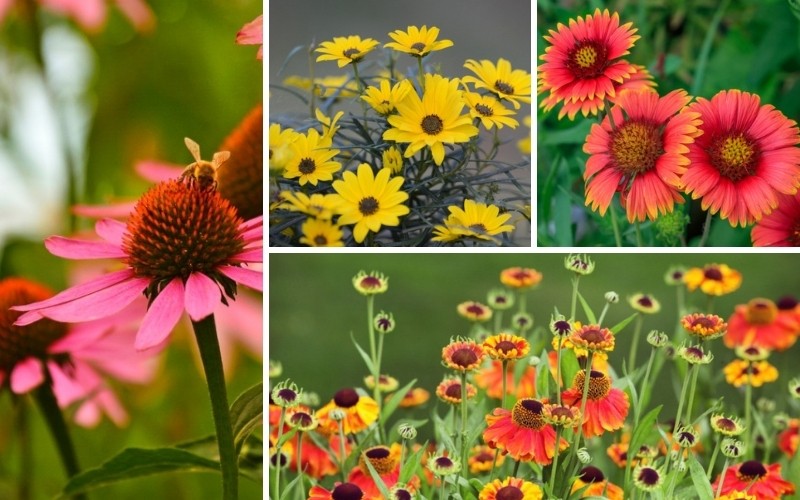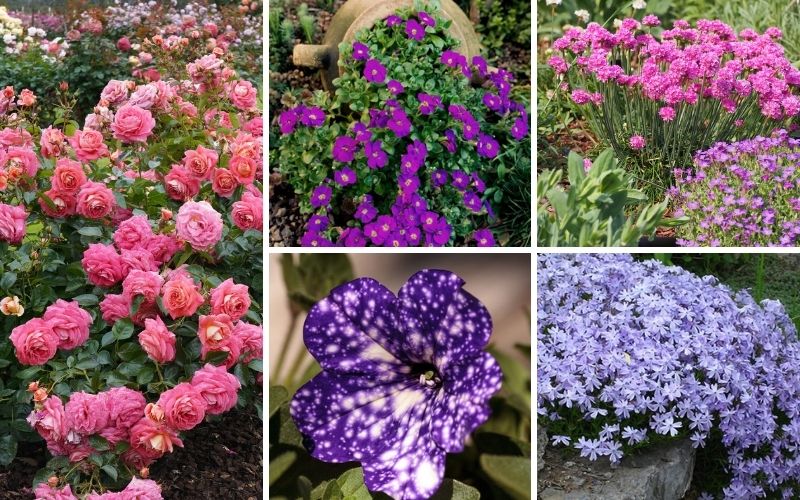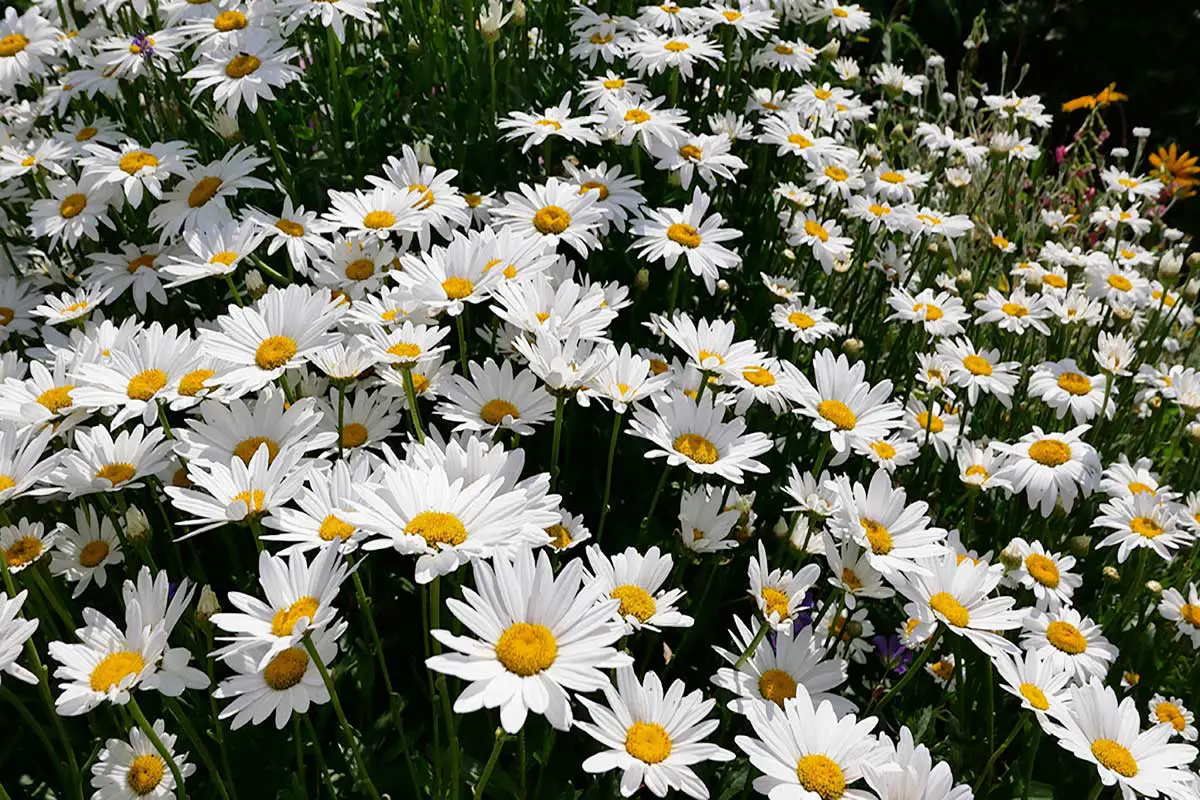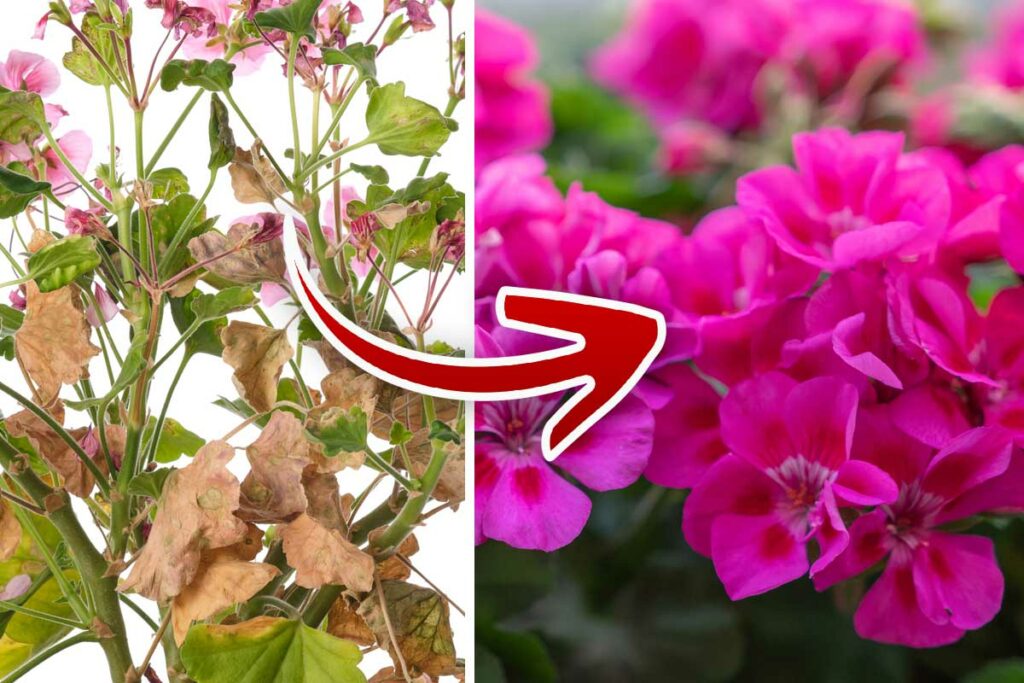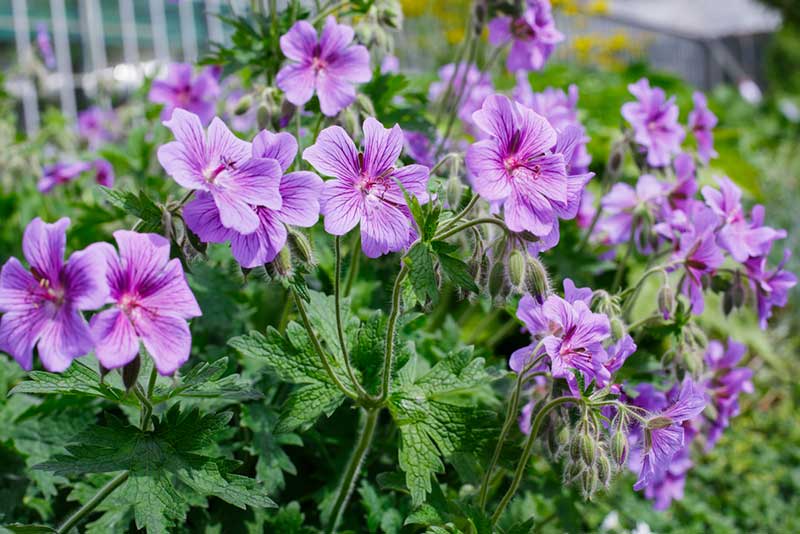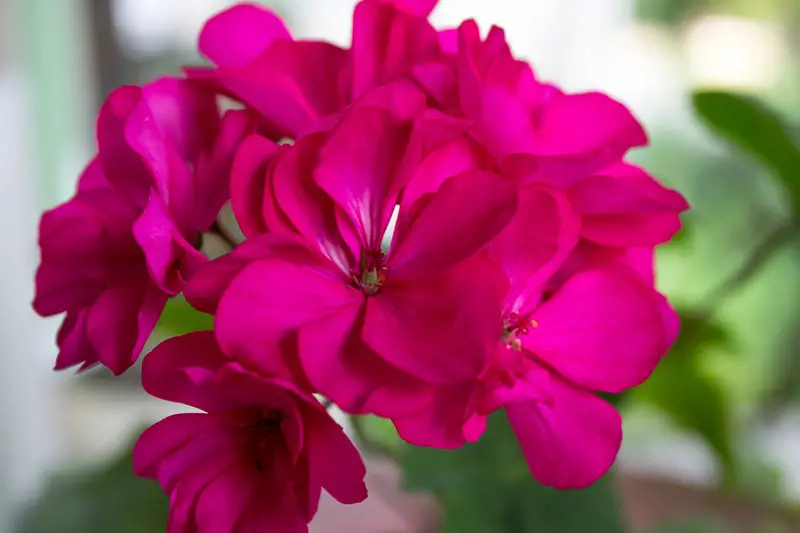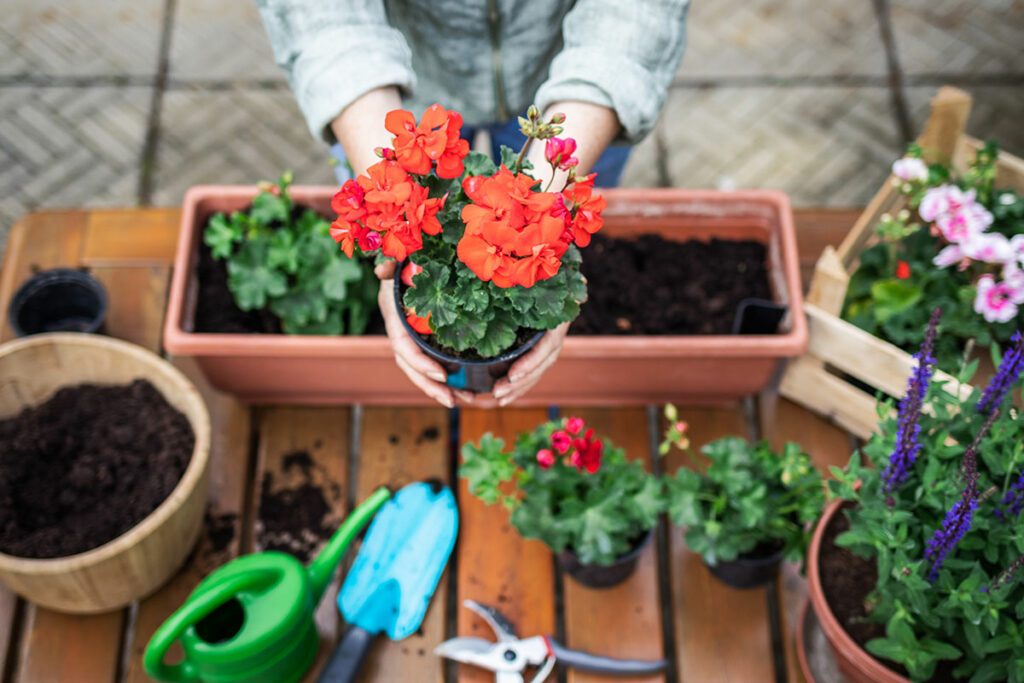
There are numerous ways to overwinter plants, and while some can be left outside, others need a little help. Geraniums are one of those plants that fall into the latter category, but with a little TLC, you can give them a long and happy life indoors. You likely love their vibrant flowers if you grow geraniums in your home or garden.
Bright red, purple, pink or white petals combined with unique seed pods make these an excellent choice for almost any location. Cultivating geraniums is also easy, and they’re a great plant for new and more experienced gardeners. However, overwintering geraniums requires planning to make it through the chilly temperatures outside.
Here are five tips on how to overwinter geraniums:
1. Take Cuttings
Geraniums make excellent cuttings; since they grow from seeds, there’s virtually no work involved. Take a cutting from the plant you want to overwinter and place it in a pot. Overwintering geraniums can be rooted in water, but this is not recommended as the soil will dry out quickly.
When your cutting reaches about 2 inches tall, put it in moist potting soil and allow it to establish roots. The bottom of the pot should be covered with a layer of sand or grit since the geraniums need something to anchor themselves to until spring arrives.
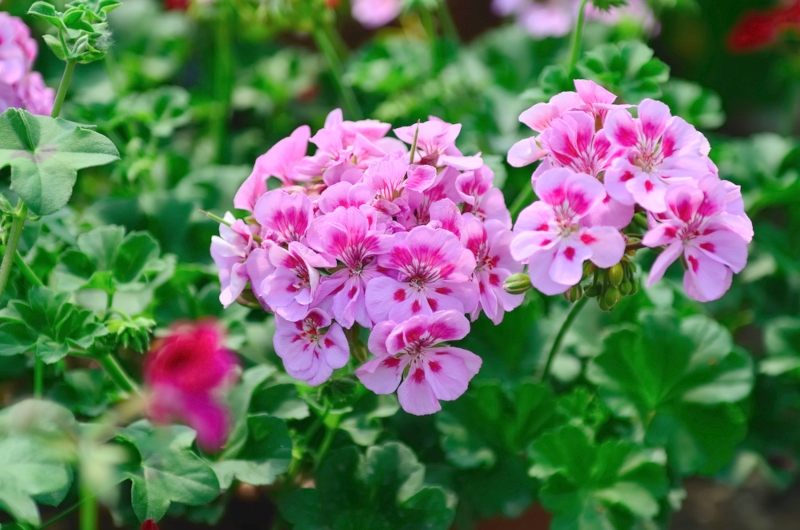
2. Growing In Containers
While they are a great choice for gardens and home gardens, geraniums can also be grown in containers. Containers come in handy when you need to move them or store them away during winter. Growing your geraniums in pots or other containers will allow you to move them indoors and enjoy their flowers year-round.
Geraniums are typically planted in 5-8 inches-deep pots and 18-24 inches across. When planted, the plants should be watered thoroughly before covering them with a plastic bag or burlap to keep the roots cool. Geraniums can also be placed outside, but if you live in a cool climate, this is not recommended for long-term overwintering purposes.
3. Cool Storage
Geraniums require cool temperatures and humidity to overwinter. If the soil temperature is too warm, it will cause the roots to rot. The ideal soil temperature for geraniums is between 45-50 degrees Fahrenheit. This is also the ideal temperature for keeping most houseplants healthy over the winter.
Fluctuating temperatures can also cause root rot, so don’t overwater your plants during this time of year. An easy way to check if your soil is too warm or too cool is to stick your finger in the pot, and if it goes right through, then it’s time to water it more often or give them a little more water than you would normally provide with your pots.
4. Store Bare Roots
Once you have the bare root plants, store them in a moist environment between 40-50 degrees Fahrenheit. Store them in pots filled with soil and ensure they are not exposed to direct sunlight. The soil should be kept moist but not wet.
Keep the roots in the dark place so they don’t dry out, and allow them to remain there until spring when they bloom again.
5. Reduce Watering
Many gardeners recommend watering geraniums a little less during the winter months. Remember that water is essential for healthy growth and development, so you’ll want to ensure your plant is getting enough to survive. Most geraniums need regular watering during the growing season, but they can completely dry out between watering as long as they are not completely dormant.

